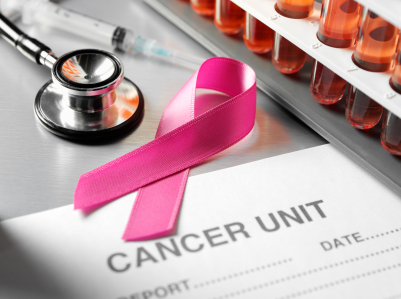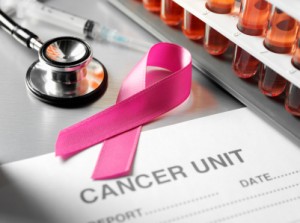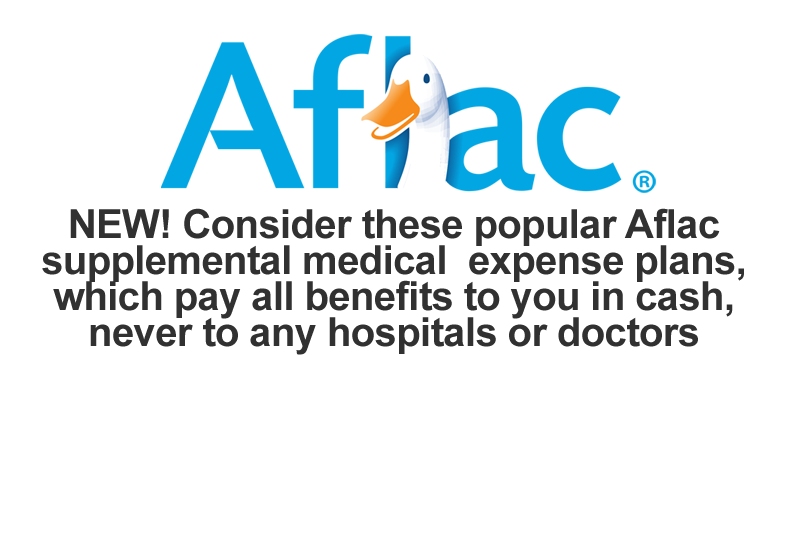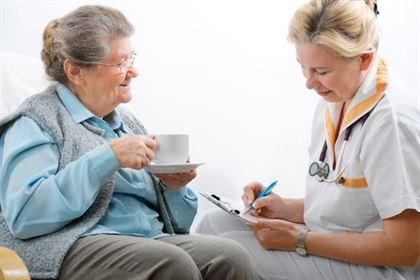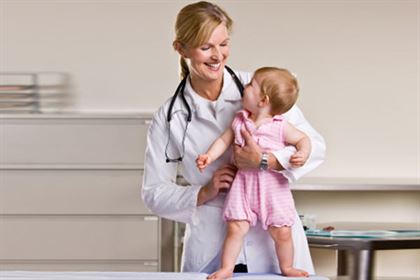With September being the Children’s Cancer Awareness Month, it is important to highlight that 80 percent of childhood cancer is successfully treated, according to the Children’s Cancer Research Fund.
Childhood cancers are different than adults since most children develop leukemia, brain, bone or lymphoma. Cancerous tumors are found in the brain, muscles, kidneys and nervous system, even in the lungs.
Currently, the cause of childhood cancer is unknown though some suggest that gene mutation may be responsible for cancer growth.
The Cancer Research Funds focus is aimed at research that can understand the underlying cause and to develop treatments.
The current focus includes:
· Leukemia – the most common type of cancer
· Brain tumors – the most deadliest form
· Sarcoma – found in bones and soft tissue making it difficult to treat
· Genetic disease
· Finding how cancer grows
· Cancer survivorship and ongoing health issues that can result from cancer treatments.
According to the National Cancer Institute, it is estimated that in 2014, 15,780 children and adolescents ages zero to 19 years will be diagnosed with cancer and 1,960 will die of the disease in the United States.
The overall outlook for children with cancer has improved greatly over the last half-century. In 1975, just over 50 percent of children diagnosed with cancer before age 20 years survived at least five years
Treatment
Most children are treated with chemotherapy, radiation and similar treatments that adults experience; however, they are often treated at a specialized children’s cancer center.
Most cancer centers are also affiliated with the Children’s Oncology Group, the world’s largest organization that performs clinical research to improve the care and treatment of children with cancer. Though not all children with cancer will be eligible to participation in clinical trials.
Survivors follow up care plan
Involves your team of doctors checking for complications and managing any health issues after treatment.
For example, Memorial Sloan Kettering has a long-term program where they screen, monitor and manage the health of young survivors beginning two years after treatment. Generally, the treatment team there refers them but they do receive survivors treated elsewhere.
Back to school after cancer
It is within the next few weeks that children will be returning to school from summer vacation. But what about those that may have undergone cancer treatments recently, does this still apply to them and are they able to return to school?
It is important that parents meet with educators to find out if any services are offered by the school to assist your child in the event they need medical assistance. Document what your child needs as far as emergency procedures, medicines, treatments and special devices.
What is the best way to handle any prolonged absence?
In support of children with cancer, there are many ways to donate by making a planned gift through insurance, giving stock shares to the Children’s Cancer Research Fund, sponsor community campaigns, donating Delta airline miles or even your car. Retired mobile devices are also supported so if you don’t have that credit card or check, recycle your old cell phone or laptop. Give what you can to make a difference in these children’s lives and help find a cure.

